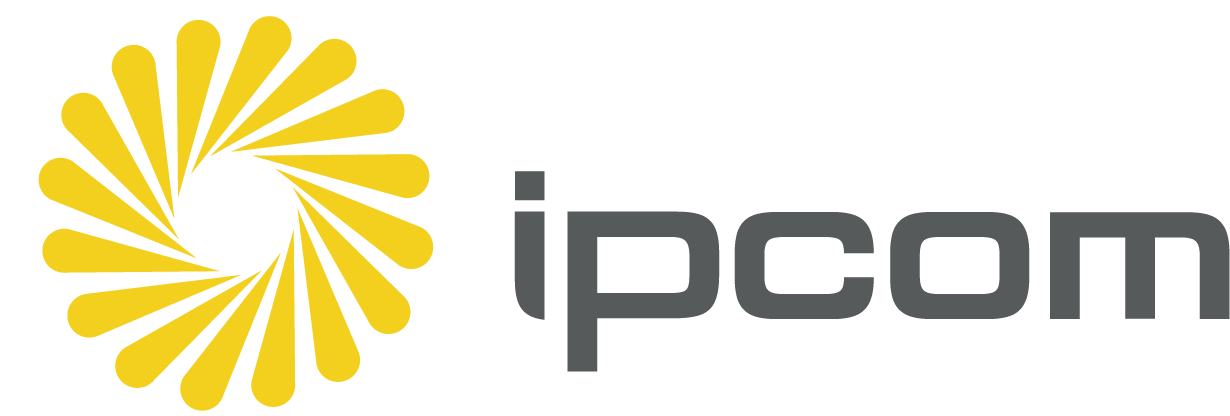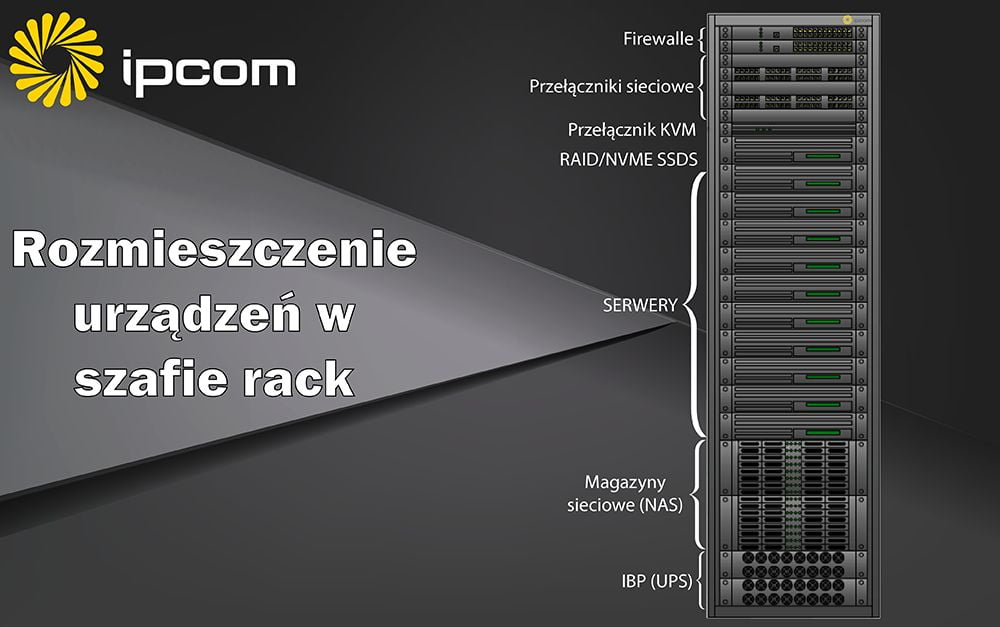The arrangement of equipment in a rack depends on the choice of cabinet design. There is a large assortment of cabinets and racks on the market – open, closed, hanging, standing. As a result, there can be no one-size-fits-all rule for server rack setup. However, there are universal recommendations for arranging equipment that apply to anyone learning how to set up a server rack. Let’s discuss them in more detail.
Tips for server rack setup
- Heavy equipment should be at the bottom and light equipment should be at the top to ensure stability and prevent tipping. In addition, this configuration will help reduce the risk of overheating. Arranging appliances that generate a lot of heat at the bottom will contribute to better cooling.
- Devices of similar depth are best placed next to each other to optimize space and facilitate access.
- Planning the organization of the cable system in advance will help avoid confusion.
- Don’t fill the cabinet completely with equipment so as not to reduce ventilation and worsen the overall heat regime.
Remember that optimal placement of equipment in a rack not only ensures efficient operation of the entire system. It also provides more freedom when replacing or adding individual components. If these issues are not taken into account at the beginning of operation, it will make the work much more difficult.
Hardware and accessories for server racks
Server and telecommunications equipment is installed in cabinets and racks. Heavy equipment, such as servers, UPS and network storage, is placed at the bottom. In contrast, lighter equipment, such as switches and active/passive network devices, are installed on the upper levels of the rack.
Various server rack accessories such as shelves, fans, cable organizer and others can be useful for optimal space organization.
Such accessories and the server racks themselves can be purchased from us, directly from the manufacturer, which ensures the reliability and quality of the equipment.



 info@ipcom-group.pl
info@ipcom-group.pl +48-57-35-69-079
+48-57-35-69-079
